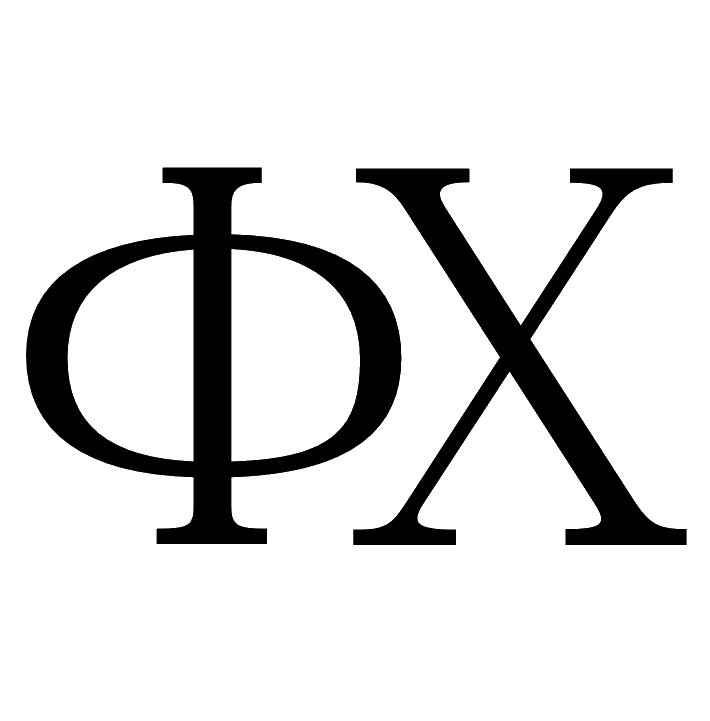Creating biocomposites based on nano-sized hydroxyapatite doped with zirconium oxide and calcium fluoride
D.I. Pereverzev1,2, E.A. Bogdanova1, K.V. Nefedova1
1 Institute of Solid State Chemistry of the Ural Branch of RAS
2 Ural Federal University named after the first President of Russia B. N. Yeltsin
DOI: 10.26456/pcascnn/2020.12.697
Original article
Abstract: The article discusses the possibility of strengthening nanostructured hydroxyapatite (HAP) obtained by precipitation from a solution by introducing zirconium oxide and calcium fluoride. The influence of qualitative and quantitative composition on sintering processes and strength characteristics of investigated samples has been shown. It was found experimentally that the sample has the maximum strength characteristics and constant composition Ca10(PO4)6(OH)2 – 15%CaF2 – 5%ZrO2. The composite has a dense uniform structure with a high degree of crystallinity and is a promising material for further research in order to introduce it into medical practice.
Keywords: hydroxyapatite, composite biomaterials, microhardness
- Danil I. Pereverzev – engineer, Laboratory of Heterogeneous Processes, Institute of Solid State Chemistry of the Ural Branch of RAS, student Ural Federal University named after the first President of Russia B. N. Yeltsin
- Ekaterina A. Bogdanova – Ph. D., Senior Researcher, Laboratory of Heterogeneous Processes, Institute of Solid State Chemistry of the Ural Branch of RAS
- Ksenia V. Nefedova – Researcher, Laboratory of Promising and Functional Materials for CCS, Institute of Solid State Chemistry of the Ural Branch of RAS
Reference:
Pereverzev, D.I. Creating biocomposites based on nano-sized hydroxyapatite doped with zirconium oxide and calcium fluoride / D.I. Pereverzev, E.A. Bogdanova, K.V. Nefedova // Physical and chemical aspects of the study of clusters, nanostructures and nanomaterials. — 2020. — I. 12. — P. 697-705. DOI: 10.26456/pcascnn/2020.12.697. (In Russian).
Full article (in Russian): download PDF file
⇐ Prevoius journal article | Content | Next journal article ⇒